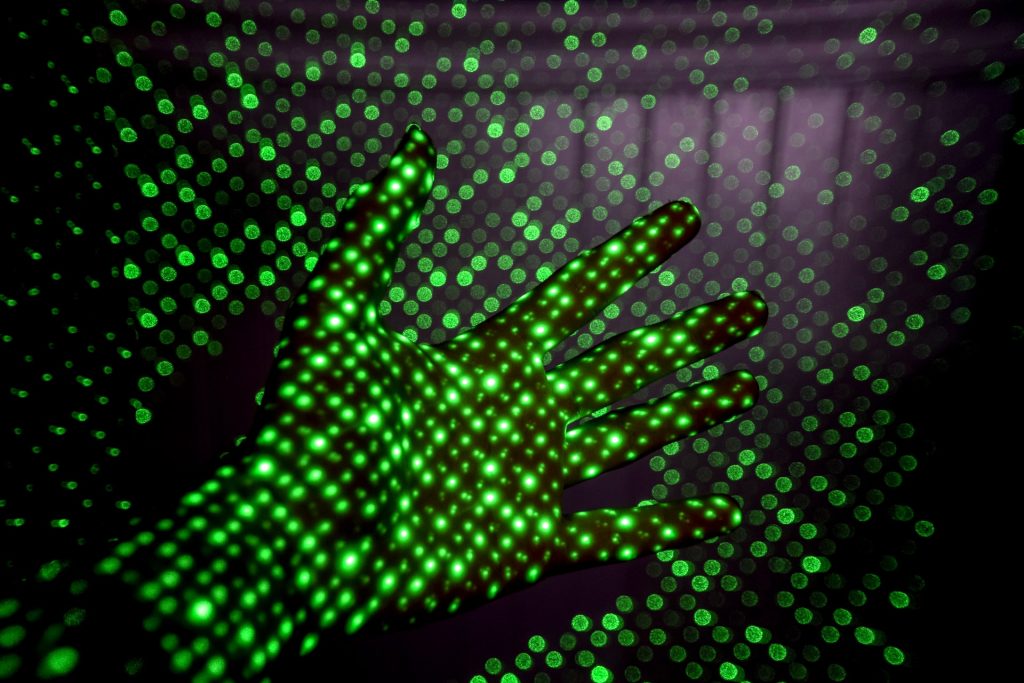
A team from the National University of Singapore (NUS) has devised an innovative way to charge wearable devices such as medical monitors — by transmitting power through the body to other devices.
Advancements in wearable technology are reshaping the way we live, work and play, and also how healthcare is delivered and received. Wearable devices include wristbands, smartwatches, wearable mobile sensors, and other mobile hub medical devices that collect a large range of data from blood sugar and exercise routines to sleep and mood.
Such devices can help patients and providers manage chronic conditions such as diabetes, heart conditions, and chronic pain. According to the Pew Research Center, 60% of US adults reported tracking their weight, diet, or exercise routine; 33% of US adults track health symptoms or indicators such as blood pressure, blood sugar, or sleep patterns; and 8% of adults specifically use medical devices, such as glucose meters.
One major obstacle of using wearables is keeping these devices properly and conveniently powered. The more wearable devices are worn, the more often there is the need to charge multiple batteries. Many users find it cumbersome to charge numerous devices every day, and inconvenient service disruptions occur when batteries run out.
A research team, led by Associate Professor Jerald Yoo from the Department of Electrical and Computer Engineering and the N.1 Institute for Health at NUS, has come up with an innovative solution to these problems. Their technology utilises the human body as a medium for power transmission, enabling a single device, such as a mobile phone placed in the pocket, to wirelessly power other wearable devices on a user’s body. The team’s novel system has an added advantage – it can harvest unused energy from electronics in a typical home or office environment to power the wearables.
Their achievement was first published in the journal Nature Electronics on 10 June 2021. It is the first of its kind to be established among existing literature on electronic wearables.
Power transmission through the body
To extend the battery life of wearable devices, power transmission and energy harvesting approaches are required. However, current approaches for powering up body area wearables are hampered by short distances, intervening obstacles and unstable power delivery. As such, none of the current methods are suitable for the sustainable provision of power to wearables placed around the entire human body.
The NUS approach turned the obstacle of the human body into an advantage by designing a receiver and transmitter system that uses the human body as a medium for power transmission and energy harvesting. Each receiver and transmitter contains a chip that is used as a springboard to extend coverage over the entire body.
The power transmitter need only be on a single power source, such as a smart watch, while multiple power receivers can be placed anywhere on the person’s body. The system then harnesses energy from the source to power multiple wearables on the user’s body via a process termed as body-coupled power transmission. In this way, only one device needs to be charged, and the rest of the wearable devices can be powered from that source. The team’s experiments showed that a single, fully-charged power source to power up to 10 wearable devices on the body, for a duration of over 10 hours.
The researchers also found that typical office and home environments have parasitic electromagnetic (EM) waves that people are constantly exposed to from sources such as running computers. To tap this energy, their novel receiver scavenges the EM waves from the environment, and through a process referred to as body-coupled powering, the human body is able to harvest this energy to power the wearable devices.
Smaller wearables without batteries
On the benefits of his team’s method, Assoc Prof Yoo said, “Batteries are among the most expensive components in wearable devices, and they add bulk to the design. Our unique system has the potential to omit the need for batteries, thereby enabling manufacturers to miniaturise the gadgets while reducing production cost significantly. More excitingly, without the constraints of batteries, our development can enable the next generation wearable applications, such as ECG patches, gaming accessories, and remote diagnostics.”
The NUS team will continue to improve the efficiency of their transmitter/receiver system, so that hopefully any given power-transmitting device such as a smartphone can extend the battery life of other wearable technologies, some of which, like medical monitors, can be quite important.
Source: National University of Singapore
Journal reference: Li, J., et al. (2021) Body-coupled power transmission and energy harvesting. Nature Electronics. doi.org/10.1038/s41928-021-00592-y.

